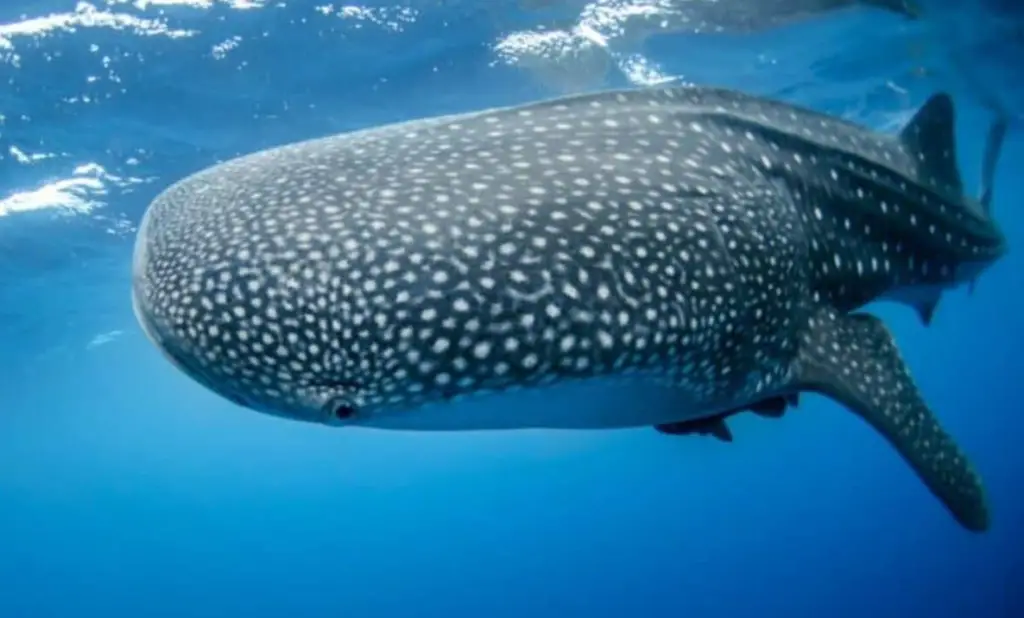Top 5 Most Polluted Lakes in the World You Should Know About

Pollution isn’t just a buzzword—it’s a ticking time bomb.
While we fret over plastic straws and carbon footprints, some of Earth’s lakes have quietly become toxic wastelands.
Let’s be real: if you thought your local pond was bad, wait until you hear about these five lakes, where decades of industrial negligence, radioactive dumping, and outright ecological sabotage have turned once-pristine waters into nightmares.
What’s Killing Our Lakes? Spoiler: It’s Us
Sure, empty soda cans floating in a lake are an eyesore.
But the real villains? Invisible killers like mercury, nuclear waste, and cyanide.
For decades, industries and governments have treated lakes as dumping grounds for everything from pesticide runoff to literal tons of radioactive sludge.
The result? Groundwater contamination, cancer clusters, and ecosystems collapsing faster than a house of cards in a hurricane.
Take nuclear waste, for example. It’s not just a sci-fi problem.
Lake Karachay in Russia became so radioactive in the 20th century that standing near it for an hour could kill you. More on that horror story later.
1. Lake Karachay, Russia: The Deadliest Puddle on Earth
Let’s start with the lake that makes Chernobyl look like a picnic spot.
Nestled in Russia’s Ural Mountains, Lake Karachay was the Soviet Union’s dirty secret—a dumping site for the Mayak nuclear facility.
From 1951, the lake absorbed radioactive waste like a sponge, with sediment so toxic it could deliver a lethal dose of radiation (600 roentgen) in under an hour.
But here’s the kicker: in 1968, drought exposed the lakebed, and winds swept radioactive dust across 500,000 people.
Cancer rates near the lake spiked by 21%, birth defects by 25%, and leukemia by 41%.
Even after Russia filled the lake with concrete in 2015, the surrounding groundwater remains a radioactive time bomb.
2. Geamana Lake, Romania: A Toxic Rainbow
Imagine a lake so colorful it belongs on a postcard—until you learn its hues come from cyanide and copper sludge.
In the 1970s, Romania’s communist regime discovered Europe’s second-largest copper deposit under Geamana village.
They evicted the entire town, flooded the valley, and turned it into a dumping pool for mining waste.
Today, the lake’s neon-orange waters are laced with sulfuric acid and heavy metals.
Fish? Gone. Villagers? Relocated. The mine? Still operational, pumping 12,000 tons of waste into the lake daily. It’s a dystopian masterpiece of corporate greed.
3. Lake Baikal, Russia: A UNESCO Gem on Life Support
Lake Baikal is a paradox. It’s the world’s oldest, deepest lake—holding 20% of Earth’s unfrozen freshwater—and a UNESCO World Heritage Site.
But since the 1970s, Russia’s industrial ambitions have threatened its crystal-clear waters.
A railway project, a cellulose plant, and pollution from the Selenga River have fueled unnatural algae blooms, choking native species.
Despite half a billion euros spent on cleanup since 2012, phosphate-laden detergents and factory runoff keep winning.
“It’s like trying to bail out the Titanic with a teacup,” one scientist quipped.
4. Onondaga Lake, USA: America’s Toxic Pride
New York’s Onondaga Lake proves pollution isn’t just a “developing world” problem.
Once a recreational hotspot, it became a cesspool of mercury, ammonia, and raw sewage thanks to 20th-century industries.
By the 1940s, swimming was banned. By the 1970s, mercury levels were so high that eating local fish was like playing Russian roulette.
The culprit? Companies like Allied Chemical, which dumped 165,000 pounds of mercury into the lake.
Today, a $1.2 billion cleanup has made progress, but the lake remains a cautionary tale of what happens when profits trump public health.
5. The Aral Sea, Uzbekistan-Kazakhstan: A Sea That Vanished
Once the fourth-largest lake on Earth, the Aral Sea is now a dusty graveyard of abandoned ships.
In the 1960s, Soviet irrigation projects diverted its two lifelines—the Amu Darya and Syr Darya rivers—to grow cotton in the desert.
The result? By 2007, the lake shrank to 10% of its original size, leaving behind salt plains laced with pesticides.
The fallout? Toxic dust storms, a collapsed fishing industry, and a public health crisis.
In Karakalpakstan, near the former shoreline, infant mortality rates soared, and rates of anemia and kidney disease skyrocketed.
“It’s like the land itself is poisoning us,” one local told UN investigators.
The Bigger Picture: Can These Lakes Be Saved?
Efforts are underway, from Onondaga’s cleanup to Kazakhstan’s Kok-Aral dam, which has partially revived the North Aral Sea.
But let’s not kid ourselves: these are Band-Aids on bullet wounds.
Without global accountability and a radical shift in how we treat water, these lakes—and the communities relying on them—will remain hostages to humanity’s worst instincts.
































